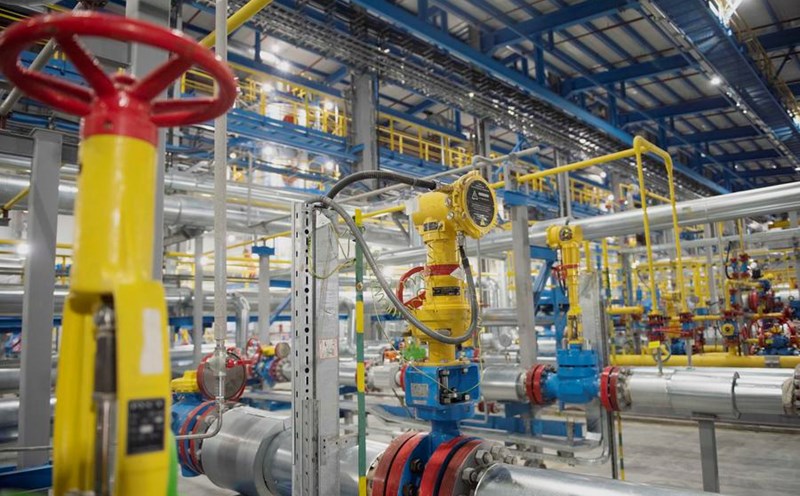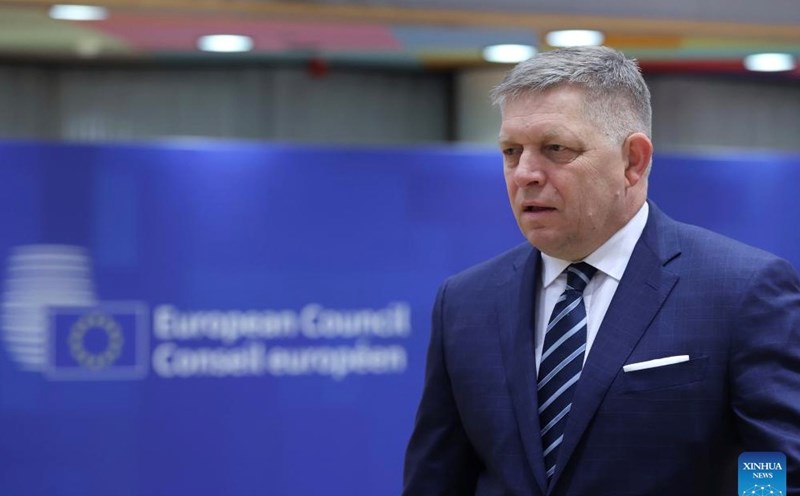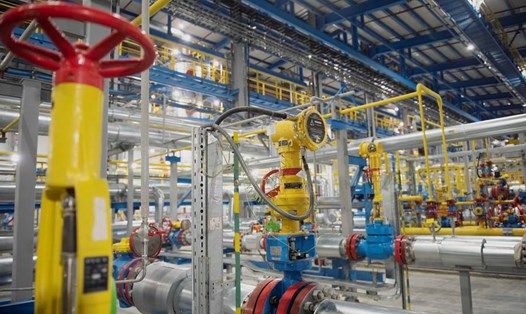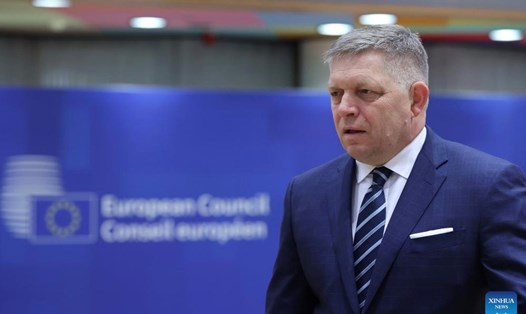Russian gas supplies via the TurkStream pipeline to Europe hit a record high last week, according to TASS calculations based on data provided by the European Gas Transmission System Operators Network (ENTSOG).
Pumping through the Strandja 2 compression station on the Turkey - Bulgaria border exceeded 376 million m3 from January 13 to 19. This is a record high since the pipeline was put into operation in January 2020. Previously, the highest transportation rate via the TurkStream pipeline was 373 million m3 per week recorded in October 2024.
The TurkStream gas pipeline running from Russia to Turkey crosses the Black Sea. The pipeline is capable of transporting 31.5 billion cubic metres of gas to Turkey, Southern and Southeastern European countries.
To date, TurkStream is the only gas pipeline carrying Russian gas to Europe. TurkStream's starting point is the Russkaya gas compresssion station built near Anapa, Russia.
Also related to TurkStream, when asked about the gas compression station of the TurkStream pipeline in Russia's Krasnodar region being recently attacked by Ukraine, Hungarian Prime Minister Gergely Gulyas informed that the Hungarian Government has a plan to take action if the TurkStream gas pipeline does not work.
"We have an action plan for the crisis. The gas supply to Hungary will be guaranteed but could be much more expensive," he said without disclosing details of the plan.
TASS reported on January 24 that Hungary and Russia have reaffirmed their commitment to be ready to protect the TurkStream gas pipeline.
Accordingly, Hungarian Foreign Minister Peter Szijjarto said after a phone call with Russian Deputy Prime Minister Alexander Novak: "Oil and gas supplies to Hungary continue and the TurkStream pipeline is breaking records, so we reaffirm our commitment to protecting this transport route".
Mr. Szijjarto noted, "the suspension of gas transit through Ukraine causes problems for some Central European countries. However, we can still ensure the security of energy supply for Hungary thanks to the efforts implemented in recent years".
Szijjarto noted that to ensure energy security, Hungary adheres to the strategy of diversifying supply sources and gas pipelines. Last year, Hungary began buying a small amount of gas from Turkey and Azerbaijan. From 2027, Hungary will have a source of LNG supply from Qatar.
Hungary also plans to expand cooperation with Romania. Romania supplied Hungary with 1.7 billion cubic meters of gas via pipeline last year. In 2027, industrial exploitation activities at the Neptune Deep oil field in the Black Sea, off the coast of Romania, are expected and Hungary is also relying on this resource.
Hungary has also expressed its willingness to supply gas through its territory to neighboring Slovakia. Slovakia has also lost Russian gas supplies via Ukraine.









